The Secrets of Ancient Civilizations' Ritualistic Practices
Have you ever wondered about the mysterious and intriguing rituals of ancient civilizations? These ancient societies had unique practices that were deeply intertwined with their cultural and spiritual beliefs. Let's dive into the significance and purposes behind their rituals, exploring how these practices shaped the fabric of their societies.
From the elaborate ceremonies of ancient Egypt to the sacrificial rites of the Aztec civilization, each ancient culture had its own set of ritualistic practices that reflected their beliefs and values. These rituals were not just simple actions but complex ceremonies that held profound meanings for the people who performed them.
Imagine the ancient Egyptians meticulously performing mummification rituals to preserve their deceased, believing in the afterlife and the journey of the soul. Picture the Aztecs engaging in sacrificial rites, offering human lives to appease their gods and ensure the continuity of the world. These practices may seem shocking to us today, but they were deeply ingrained in the spiritual and social fabric of these ancient civilizations.
As we explore the secretive and sacred rituals of ancient Greece, we uncover the mysteries of the Eleusinian Mysteries dedicated to Demeter, the goddess of agriculture. These rituals were not meant for public knowledge but were reserved for the initiated few who sought deeper spiritual understanding and connection with the divine.
The Maya civilization, known for its advanced understanding of astronomy, incorporated celestial observations into their ceremonial traditions. Their bloodletting rituals and ball games as religious events were not mere pastimes but sacred acts that connected them to the cosmic forces they revered.
Native American tribes honored nature and ancestors through vision quests and sweat lodge ceremonies, seeking guidance and spiritual renewal in the embrace of the natural world. These rituals were a way of maintaining harmony and balance with the environment, acknowledging the interconnectedness of all living beings.
Chinese Taoism delved into mystical practices that aimed to align individuals with the forces of nature, promoting harmony and balance within oneself and the universe. Through meditation techniques and alchemical practices, Taoists sought spiritual enlightenment and longevity, seeking to transcend the limitations of the physical world.
The archaeological evidence of ritualistic practices in the ancient Indus Valley civilization reveals a complex society with a rich spiritual life. The worship of deities, the use of seals and statuary, all point to a culture deeply rooted in ritual and symbolism, where every action held a deeper meaning.
Ancient Rome's religious customs were integral to everyday life, with ceremonies and rituals dedicated to appeasing the gods and ensuring the prosperity of the empire. The role of priests and augurs in interpreting omens and performing sacred rites was crucial to maintaining the favor of the divine forces believed to govern their world.
These ancient civilizations may be long gone, but their ritualistic practices continue to fascinate and intrigue us, offering a glimpse into the spiritual and cultural complexities of their societies. By exploring these rituals, we gain a deeper understanding of the beliefs and values that shaped the ancient world and continue to influence us today.
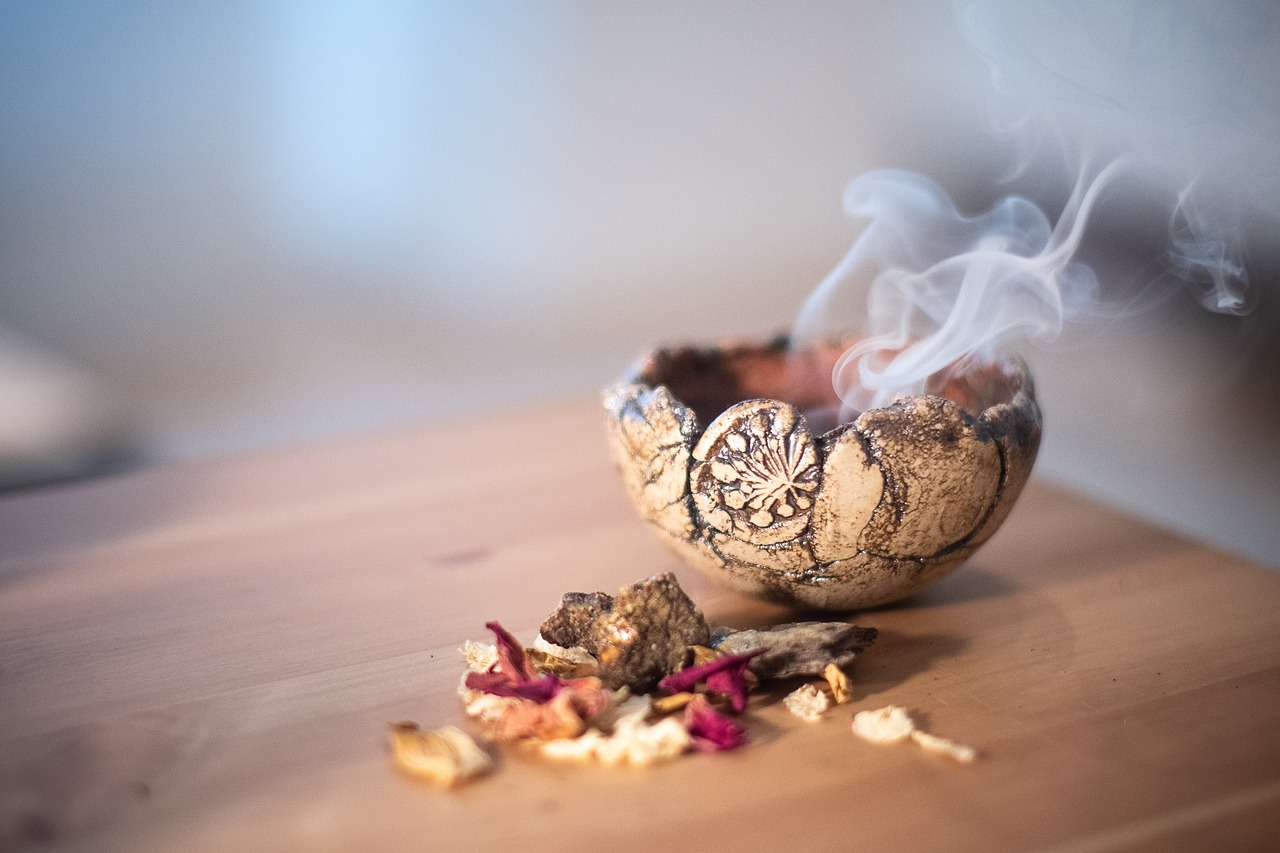
Egyptian Rituals
When delving into the ancient civilization of Egypt, one cannot ignore the profound and intricate rituals that played a significant role in shaping their society. The Egyptians were known for their elaborate ceremonies and religious practices, each with its own symbolic meanings and purposes. One of the most well-known rituals of ancient Egypt was the practice of mummification, a process believed to ensure the preservation of the soul in the afterlife. The meticulous preservation of the body through embalming and wrapping in linen bandages was considered essential for the deceased to journey to the realm of the dead.
Moreover, Egyptian burial rituals were deeply rooted in their beliefs about the afterlife. The construction of grand tombs, such as the pyramids, and the inclusion of valuable possessions and food offerings reflected their belief in the continuity of life beyond death. The Egyptians also worshipped a pantheon of gods and goddesses, with deities like Osiris, the god of the afterlife, and Isis, the goddess of magic and motherhood, holding significant importance in their religious practices.
The religious ceremonies of ancient Egypt were not just about honoring the gods but also about maintaining harmony and balance in the cosmic order. The rituals performed by priests and priestesses were seen as essential for ensuring the prosperity and well-being of the society as a whole. From the annual flooding of the Nile to the daily offerings made in temples, every aspect of Egyptian life was intertwined with spiritual practices.
Furthermore, the Egyptians believed in the concept of ma'at, the principle of truth, balance, and order that governed the universe. Their rituals were aimed at upholding ma'at and preventing chaos and disorder from disrupting the natural order of things. Whether it was the celebration of festivals like the Sed festival or the ritualistic processions during religious holidays, the Egyptians placed great emphasis on the continuity of their traditions and the preservation of their cultural heritage.

Aztec Sacrificial Rites
Delving into the depths of Aztec civilization unveils a world shrouded in mystique and blood, where sacrificial rites played a central role in religious practices. The Aztecs believed that offering human sacrifices to their deities was essential to ensure the continuation of the world and maintain cosmic balance. These ceremonies were not acts of cruelty but rather solemn rituals performed with reverence and devotion.
Central to Aztec sacrificial rites was the concept of bloodletting, where individuals would pierce their bodies, often drawing blood from their tongues, ears, or genitals as offerings to the gods. The flowing blood was seen as a potent symbol of life force and a means of communicating with the divine realm. Through these acts, the Aztecs sought to honor their gods and secure their favor for bountiful harvests and protection from disasters.
The sacrificial victims, known as "ixiptla," were carefully chosen individuals considered to embody the divine essence of specific deities. These individuals were treated with utmost respect and adorned with elaborate regalia before their ultimate sacrifice. The ritualistic killing was performed in a ceremonial manner, often on top of pyramids or in sacred precincts, with the belief that the offering of a precious life would ensure the gods' benevolence.
Moreover, the Aztecs held profound beliefs in the afterlife, viewing death as a transformative journey rather than an end. Sacrificial victims were regarded as honored companions of the gods, destined to join them in the celestial realm where they would continue to fulfill their sacred purpose. This perspective imbued the sacrificial rites with a sense of cosmic significance and spiritual transcendence.
While the practice of human sacrifice may seem barbaric to modern sensibilities, for the Aztecs, it represented a sacred duty and a profound expression of their religious beliefs. The intricate rituals surrounding these sacrifices reflected a complex cosmology and a deep-seated connection to the divine forces that governed their world.
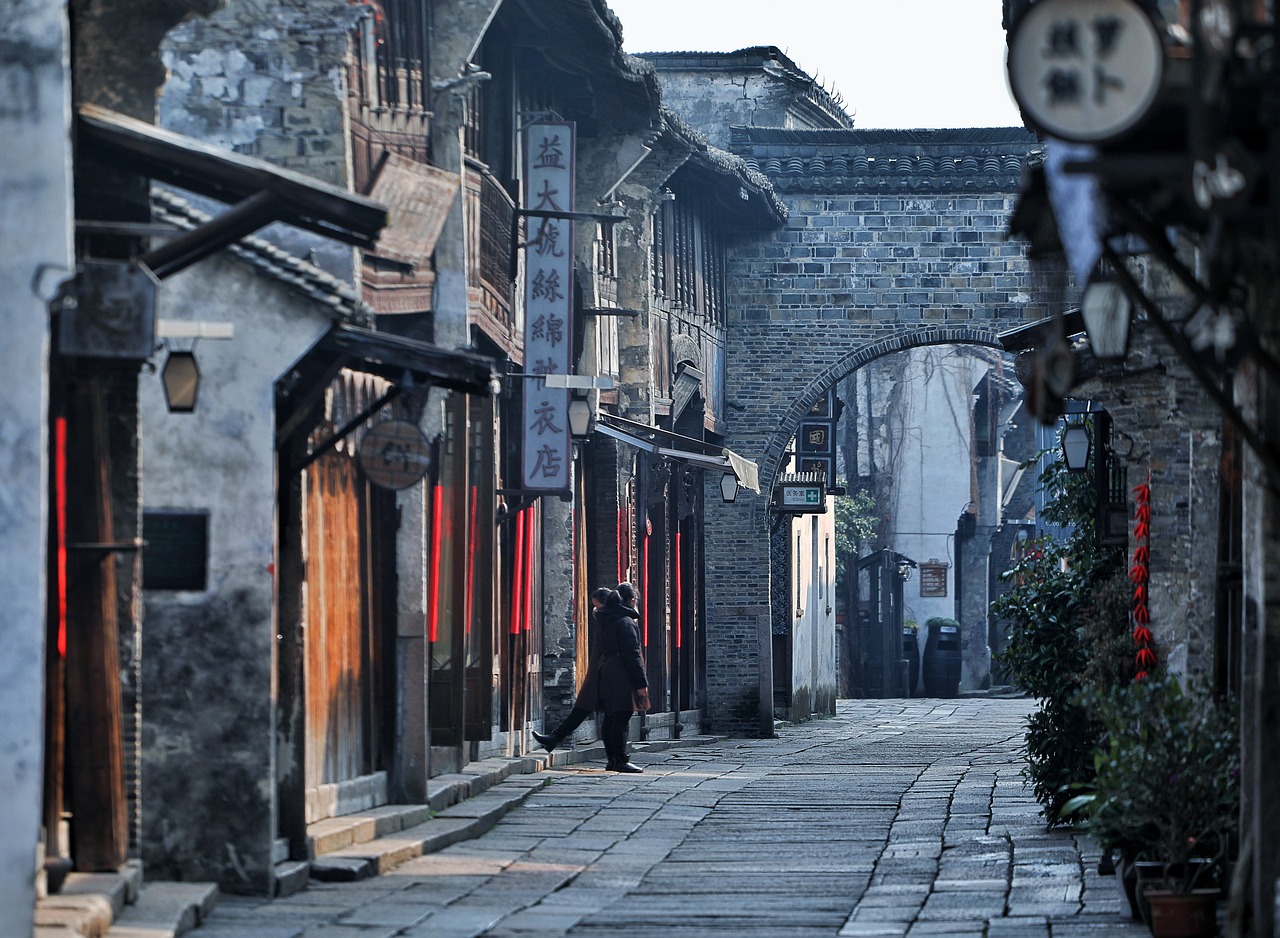
Greek Mysteries
Exploring the mysterious and intriguing rituals of ancient civilizations, uncovering the significance and purposes behind their practices, and delving into the cultural and spiritual aspects that shaped their societies.
Investigating the elaborate ceremonies and religious practices of ancient Egypt, including mummification, burial rituals, and worship of deities like Osiris and Isis.
Exploring the Aztec civilization's ritualistic ceremonies involving human sacrifice, the role of bloodletting in religious practices, and the beliefs surrounding the afterlife.
Uncovering the secretive and sacred rituals of ancient Greece, such as the Eleusinian Mysteries, dedicated to the goddess Demeter, and the worship of gods like Dionysus.
Examining the ceremonial traditions of the Maya civilization, including bloodletting rituals, ball games as religious events, and the importance of astronomy in their practices.
Discovering the spiritual beliefs and ceremonial practices of various Native American tribes, such as vision quests, sweat lodges, and rituals honoring nature and ancestors.
Exploring the mystical rituals of Taoism in ancient China, including meditation techniques, alchemical practices, and ceremonies to align with the forces of nature.
Examining the archaeological evidence of ritualistic practices in the ancient Indus Valley civilization, including the significance of seals, statuary, and the worship of deities.
Investigating the religious ceremonies and practices of ancient Rome, such as the worship of gods and goddesses, the role of priests and augurs, and the importance of rituals in everyday life.
The ancient Greek mysteries were shrouded in secrecy and centered around sacred rituals dedicated to various gods and goddesses. One of the most famous mystery cults was the Eleusinian Mysteries, held in honor of Demeter, the goddess of agriculture and fertility. These rites were believed to offer initiates spiritual enlightenment and a deeper understanding of the cycle of life and death.
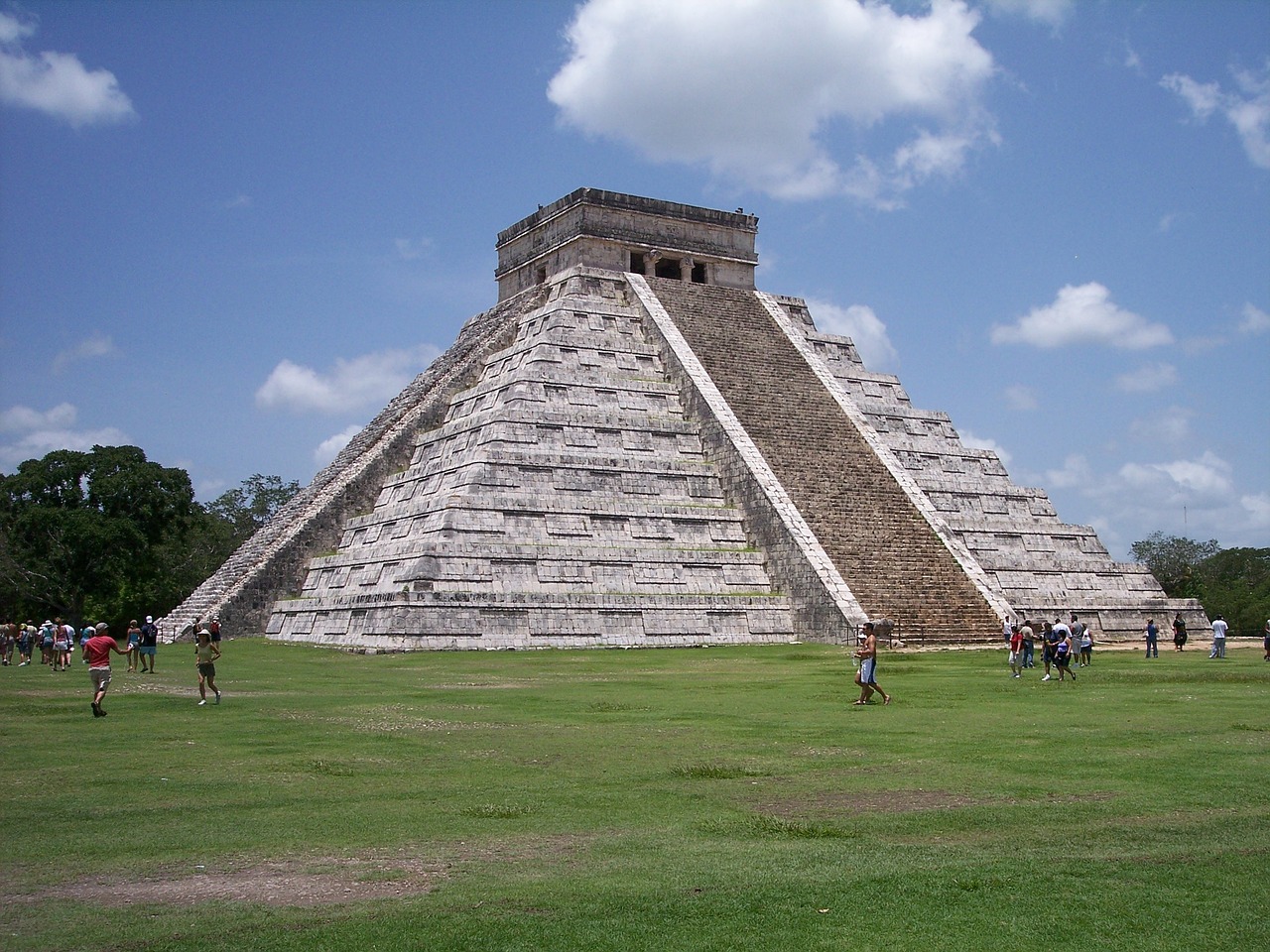
Mayan Ceremonies
Mayan ceremonies were deeply intertwined with their religious beliefs and societal structure, playing a crucial role in the civilization's spiritual practices. One of the most notable aspects of Mayan rituals was the significance of bloodletting, where individuals would pierce parts of their bodies as offerings to the gods. This act was believed to communicate with the supernatural realm and maintain the balance between the physical and spiritual worlds.
Moreover, ball games held great religious importance in Mayan culture, serving as more than mere entertainment. These games were seen as sacred events, often accompanied by rituals and ceremonies to honor the gods. The outcome of the games was believed to influence the agricultural fertility of the land and ensure the well-being of the community.
Astronomy also played a crucial role in Mayan ceremonies, with the civilization's advanced knowledge of celestial bodies shaping their religious practices. The Mayans closely observed the movements of the sun, moon, and stars, incorporating this celestial wisdom into their rituals and calendar systems. Aligning their ceremonies with astronomical events was believed to harness the cosmic energies for spiritual purposes.
Furthermore, the Mayans practiced elaborate rituals to communicate with their ancestors and seek guidance from the spirit world. These ceremonies often involved offerings of food, incense, and prayers to honor the deceased and maintain a connection with the afterlife. The belief in the continuity of life beyond death was central to Mayan ceremonies, shaping their views on existence and spirituality.

Native American Spirituality
Native American spirituality is deeply rooted in a profound connection to nature, ancestors, and the spiritual world. Tribes across the Americas have diverse beliefs and practices that reflect their unique cultural heritage and reverence for the natural world. Central to Native American spirituality are rituals and ceremonies that honor the earth, sky, and all living beings. These practices are not just religious observances but are seen as integral to maintaining harmony and balance in the universe.
One of the core elements of Native American spirituality is the vision quest, a rite of passage where individuals seek spiritual guidance and connection through fasting, meditation, and communion with nature. This sacred journey is a personal quest for self-discovery and understanding of one's place in the world. Sweat lodges are another important ritual in many Native American traditions, where participants purify their bodies and minds through sweat-induced ceremonies that promote healing and spiritual renewal.
Furthermore, rituals honoring nature and ancestors play a significant role in Native American spirituality. These ceremonies often involve offerings, dances, and prayers to express gratitude for the gifts of the earth and the wisdom of past generations. By maintaining a deep reverence for the natural world and the spirits that inhabit it, Native American communities foster a profound sense of interconnectedness and respect for all living beings.
The spiritual practices of Native American tribes are not static but continue to evolve and adapt to modern times while preserving their traditional values and teachings. Through storytelling, art, music, and communal gatherings, the spiritual heritage of Native Americans is passed down from generation to generation, ensuring that their sacred rituals and beliefs endure as a source of strength, wisdom, and cultural identity.
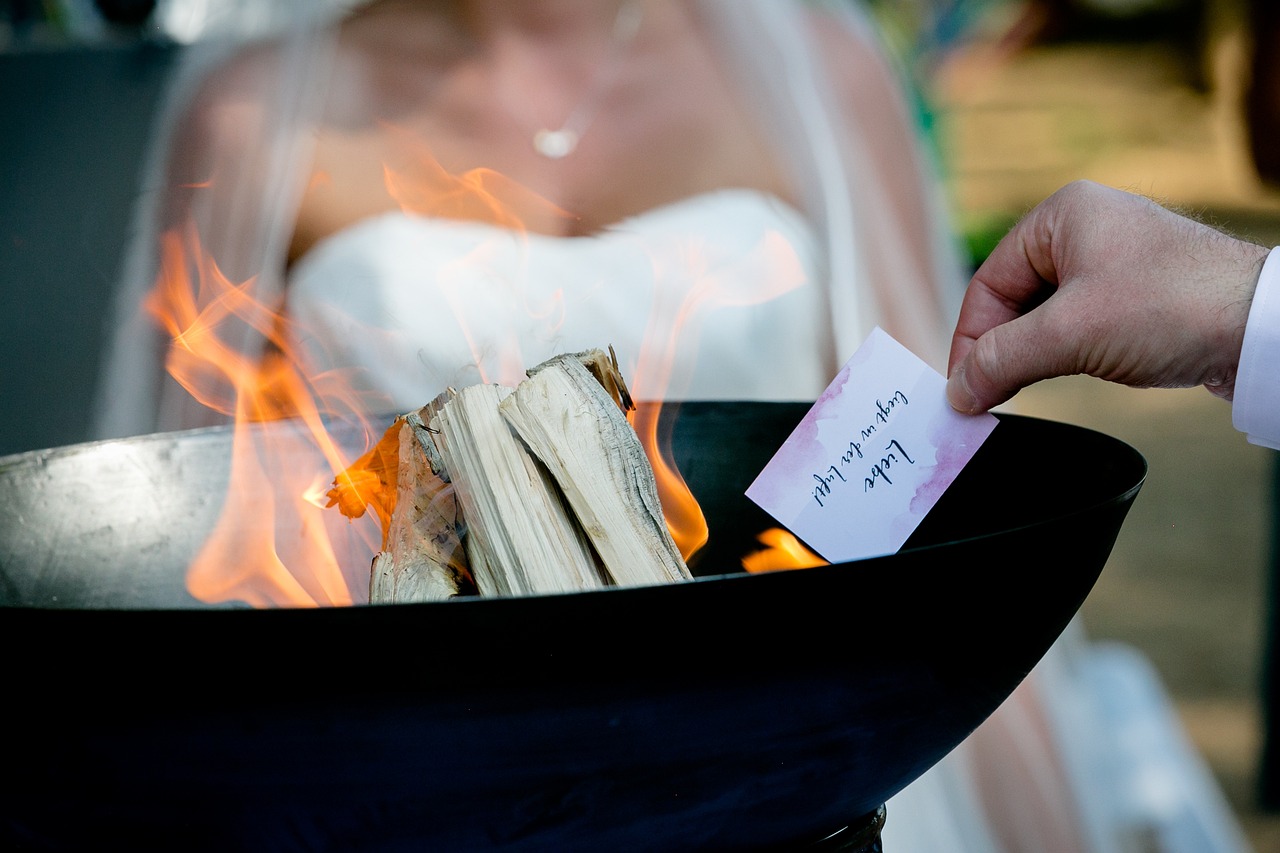
Chinese Taoist Practices
Chinese Taoist Practices delve into the mystical and spiritual world of ancient China, where Taoism thrived as a profound philosophy and way of life. Taoist rituals were not mere performances but intricate ceremonies that aimed to harmonize individuals with the natural order of the universe. Central to Taoist practices were meditation techniques that focused on achieving inner peace and enlightenment. Through these meditative practices, Taoists sought to cultivate a deep connection with the forces of nature and the spiritual realms.
Alchemical practices were another essential aspect of Chinese Taoist rituals, involving the transformation of the self and the pursuit of immortality. Taoist alchemy was not just about physical substances but also symbolized the refinement of one's spiritual essence, transcending the limitations of the material world. Ceremonies in Taoism were designed to align practitioners with the cosmic energies and celestial influences, fostering a sense of balance and harmony within the individual.
Furthermore, Taoist rituals often included offerings and prayers to deities and celestial beings, seeking their guidance and blessings in various aspects of life. These ceremonies were conducted with utmost reverence and devotion, reflecting the deep spiritual connection that Taoists believed existed between the earthly realm and the divine realms. Through these practices, Taoists aimed to attain spiritual fulfillment, longevity, and a profound understanding of the mysteries of existence.

Indus Valley Rituals
Exploring the ancient Indus Valley civilization reveals a rich tapestry of ritualistic practices that offer insights into the spiritual and cultural beliefs of this enigmatic society. Archaeological evidence points to the significance of various rituals, symbols, and artifacts in the daily lives of the people living in this region thousands of years ago.
One of the key aspects of Indus Valley rituals is the worship of deities represented through intricate statuary and seals found at archaeological sites. These artifacts provide a glimpse into the religious practices of the civilization, shedding light on the gods and goddesses revered by the ancient Indus people.
The use of seals in ritualistic contexts suggests a form of ceremonial or administrative significance, with some scholars proposing that these objects may have been used in religious rituals or as markers of authority. The intricate designs and motifs on these seals hint at a sophisticated symbolic language that played a role in the spiritual life of the Indus Valley inhabitants.
Furthermore, the presence of ritual baths and water-related structures in the archaeological remains of the civilization indicates the importance of water in religious ceremonies and purification rituals. Water, considered a sacred element in many ancient cultures, likely held symbolic significance in the spiritual practices of the Indus Valley people.
While the exact details of specific rituals performed by the ancient Indus Valley civilization remain shrouded in mystery, the artifacts and structures unearthed by archaeologists provide tantalizing clues about the spiritual beliefs and practices of this ancient society. The study of Indus Valley rituals continues to captivate researchers and enthusiasts alike, offering a window into a bygone era of human history.
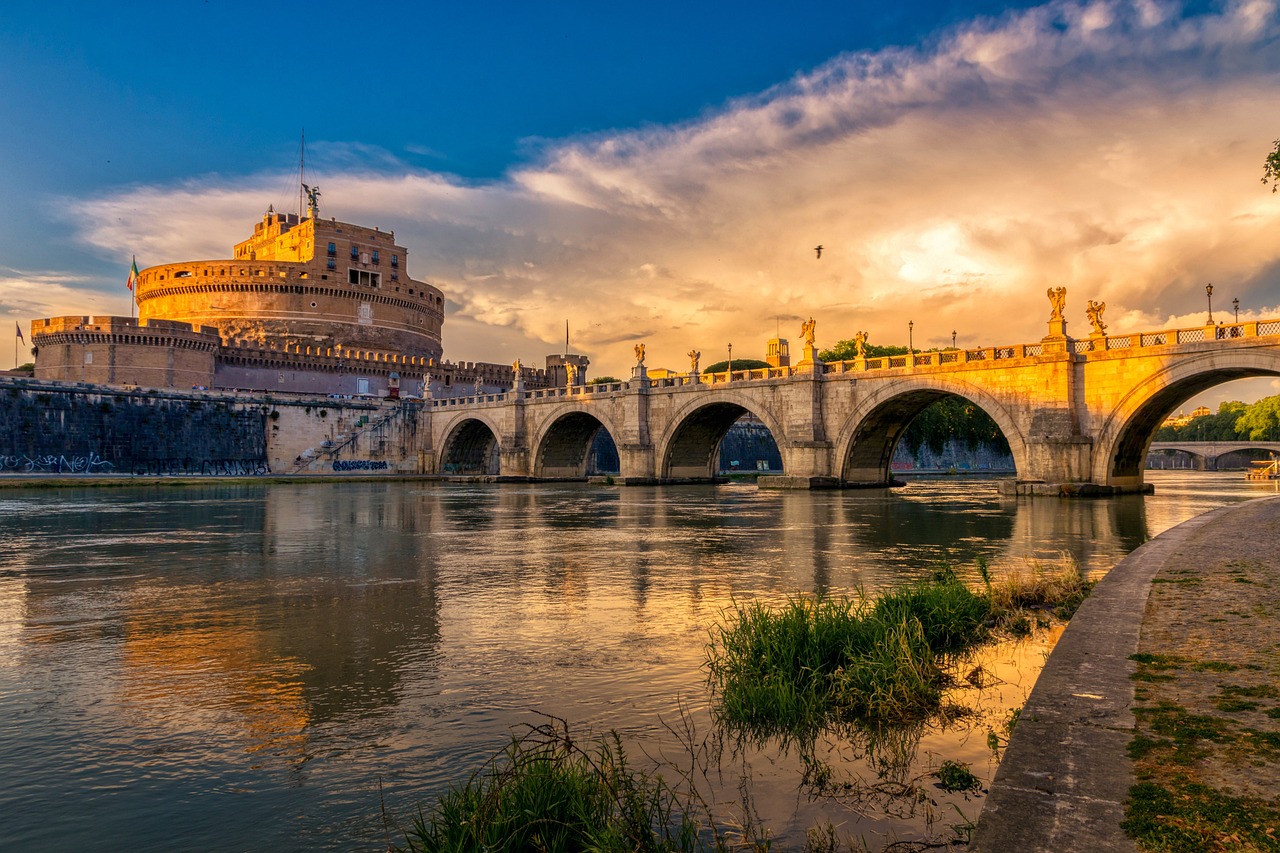
Roman Religious Customs
When it comes to Roman religious customs, one cannot help but be fascinated by the intricate ceremonies and practices that were deeply ingrained in the daily lives of ancient Romans. The Romans placed great importance on honoring and appeasing their gods and goddesses through various rituals and offerings. These religious customs were not just occasional events but were woven into the fabric of Roman society, influencing everything from politics to personal decisions.
One of the central aspects of Roman religious practices was the worship of a multitude of deities, each overseeing different aspects of life. From Jupiter, the king of the gods, to Minerva, the goddess of wisdom, Romans believed in the power and influence of these divine beings. Priests and priestesses played a crucial role in facilitating communication between the mortal realm and the divine, conducting ceremonies and offering sacrifices on behalf of the community.
Augurs, skilled in interpreting the will of the gods through signs and omens, were consulted before important events to ensure their success. The Romans believed that by following the prescribed rituals and customs, they could secure the favor of the gods and avoid their wrath. This belief in divine intervention shaped many aspects of Roman life, from military campaigns to agricultural practices.
Rituals and ceremonies were not limited to temples and religious festivals but permeated everyday activities as well. For example, before embarking on a journey, Romans would often make offerings to Mercury, the messenger god, for safe travels. Similarly, before important public gatherings or events, rituals would be performed to ensure the goodwill of the gods.
The importance of rituals in Roman society extended beyond the spiritual realm and had practical implications as well. For instance, the construction of public buildings or infrastructure projects would often begin with a ceremony to seek the blessing of the gods for success and longevity. Even private households had their household gods, to whom offerings were made regularly for protection and prosperity.
Overall, Roman religious customs were not just a set of beliefs and practices but a fundamental part of Roman identity and culture. The elaborate ceremonies, the intricate rituals, and the deep reverence for the divine all contributed to the rich tapestry of Roman religious life, shaping the beliefs and actions of its people in profound ways.
Frequently Asked Questions
- What were the main purposes of ancient civilizations' ritualistic practices?
Ancient civilizations performed rituals for various reasons, including honoring deities, ensuring bountiful harvests, seeking protection, and maintaining social order.
- Why were Egyptian rituals so elaborate?
Egyptian rituals were elaborate due to their strong belief in the afterlife and the importance of proper burial practices for a successful journey to the next world.
- How did Aztec sacrificial rites shape their society?
Aztec sacrificial rites were believed to appease the gods and ensure the continuation of the world, playing a significant role in Aztec culture and religious beliefs.
- What made Greek mysteries so secretive?
Greek mysteries were kept secret to maintain their sacredness and exclusivity, with initiation into these rituals considered a profound spiritual experience.
- What role did astronomy play in Mayan ceremonies?
Astronomy was crucial in Mayan ceremonies as their advanced knowledge of celestial bodies influenced their calendar, agricultural practices, and religious rituals.
- How did Native American spirituality connect with nature?
Native American spirituality revered nature as a living entity, with rituals and ceremonies designed to maintain harmony with the natural world and honor its resources.
- What were the key elements of Chinese Taoist practices?
Chinese Taoist practices focused on meditation, alchemy, and aligning with nature's energies to achieve spiritual enlightenment and harmony with the universe.
- Why were seals and statuary significant in the Indus Valley civilization?
Seals and statuary in the Indus Valley civilization were linked to religious beliefs and possibly used in rituals or ceremonies to symbolize divine connections and societal roles.
- How did Roman religious customs influence daily life?
Roman religious customs permeated every aspect of society, guiding social interactions, governance, and personal beliefs through the worship of gods and performance of rituals.



















